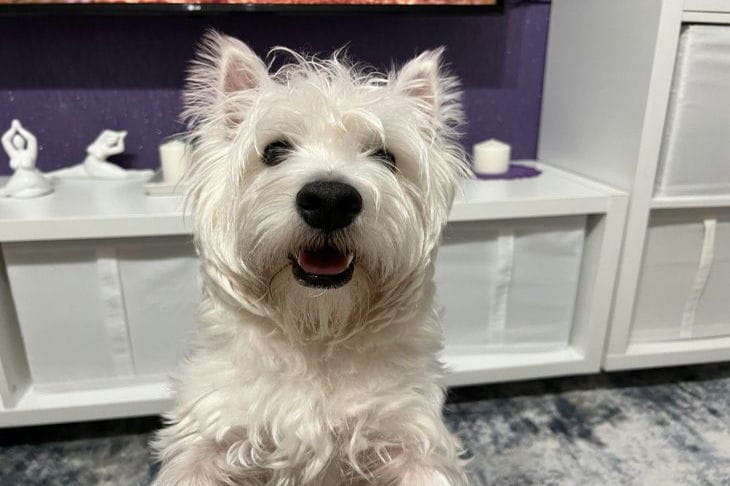What to do if your dog swallowed an inedible object
Dogs, like any other animal, can be curious and seek out interesting objects to play with or swallow.
Unfortunately, some items may be hazardous to their health as they are not intended for consumption.
If your dog swallows a non-food item, it can cause serious problems, including intestinal blockage or poisoning.
How to Prevent Ingestion of Inedible Objects
The best way to deal with the problem of inedible objects being swallowed is to prevent them from appearing in your dog's environment. Here are some tips to help prevent such incidents:
Track toys and items

Purchase toys that are specially designed for dogs and are safe for chewing.
Avoid toys with small parts that can be torn off, and remain vigilant if your dog frequently destroys toys to avoid accidentally swallowing parts.
Keep things away
Make sure all dangerous items such as small toys, batteries, thread, needles, medications and chemicals are kept out of your dog's reach. Use child-proof locks and close cabinet doors to prevent unauthorized access.
Let Go Workout
Train your dog to "Let Go" so that he can immediately release any object when you signal him to do so. This will reduce the risk of swallowing dangerous items.
A variety of toys and activities
Provide your dog with a variety of toys and activities to satisfy his curiosity and fun. This can help distract him from unwanted items.
Constant surveillance
Especially for young dogs and puppies, constant supervision is necessary. Do not leave your pet unattended in a room where there is a possibility of finding dangerous objects.
Signs that your dog has swallowed something inedible
Despite all precautions, sometimes dogs can still swallow inedible items. Here are some common symptoms to look out for to determine if something is wrong with your dog.
Vomiting and diarrhea
If a dog has swallowed an inedible object, its body may try to get rid of it through vomiting or diarrhea. However, this does not always happen, and the object may remain in the stomach or intestines.
Difficulty swallowing
Your dog may show difficulty swallowing food.
Change of behavior
If your dog is unusually lethargic, avoids food, or becomes overly aggressive, this could be a sign of a problem.
Increased salivation
If your dog has unexplained increased salivation, it may be due to stomach or intestinal irritation.
Refusal to eat
The dog may refuse to eat or show interest only in grass, which may indicate stomach discomfort.
Insufficient urination
If an object blocks the ureters, the dog may have difficulty urinating.
Actions to take if your dog has swallowed an inedible object
If you notice signs that your dog may have ingested an inedible item, you should take the following steps immediately:
Don't panic
It is important to remain calm. Panic can lead to helplessness and make it difficult to make sound decisions.
Contact your veterinarian
Whether you are certain your dog has ingested something dangerous or not, it is important to see your vet. They will perform an examination, possibly taking x-rays, to determine if the inedible object is in the stomach or intestines.
Never attempt to remove an inedible object yourself, as this may cause further damage. A doctor will know how to perform a safe removal if necessary.
Constant surveillance
If the veterinarian determines that the object is small and will pass safely through the intestines, the dog's behavior and stool should be closely observed until the object has passed through the body.
Follow your veterinarian's instructions: Follow all instructions and recommendations from your veterinarian to ensure proper treatment and recovery for your dog.
Conclusion
Ingestion of non-food items is a serious problem that dog owners can face. The best way to avoid this problem is prevention. However, if an emergency does occur, it is important to contact your veterinarian immediately for help.
Remember that your reaction and speed of action can play a key role in saving the health and life of your pet.
Earlier we wrote about why dogs jump on people and other dogs.
